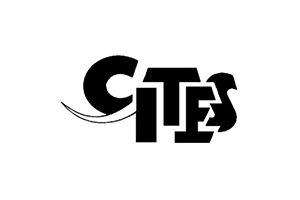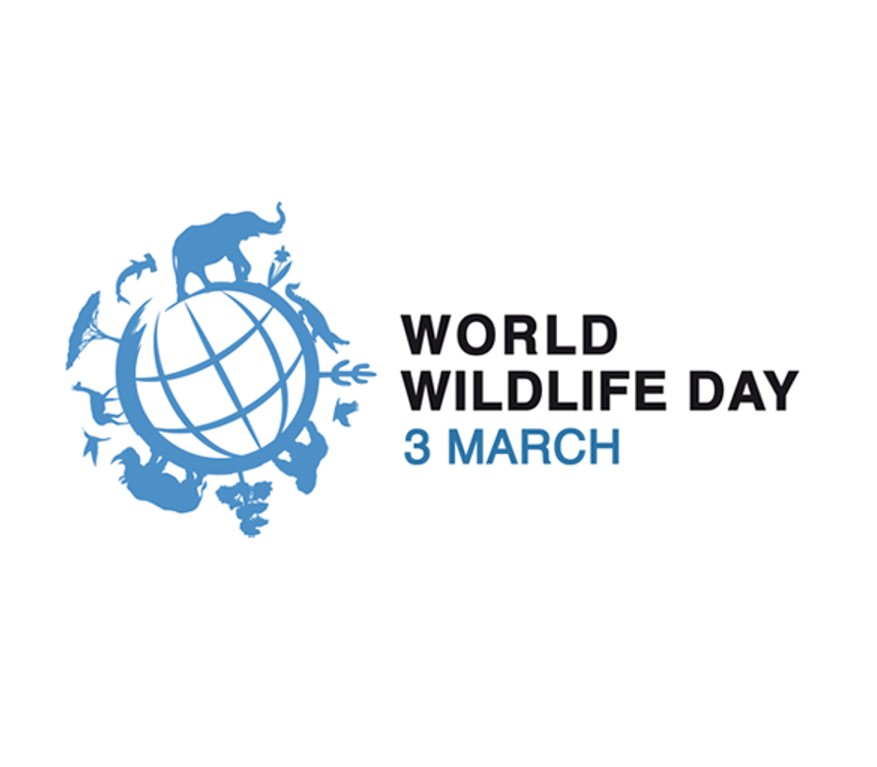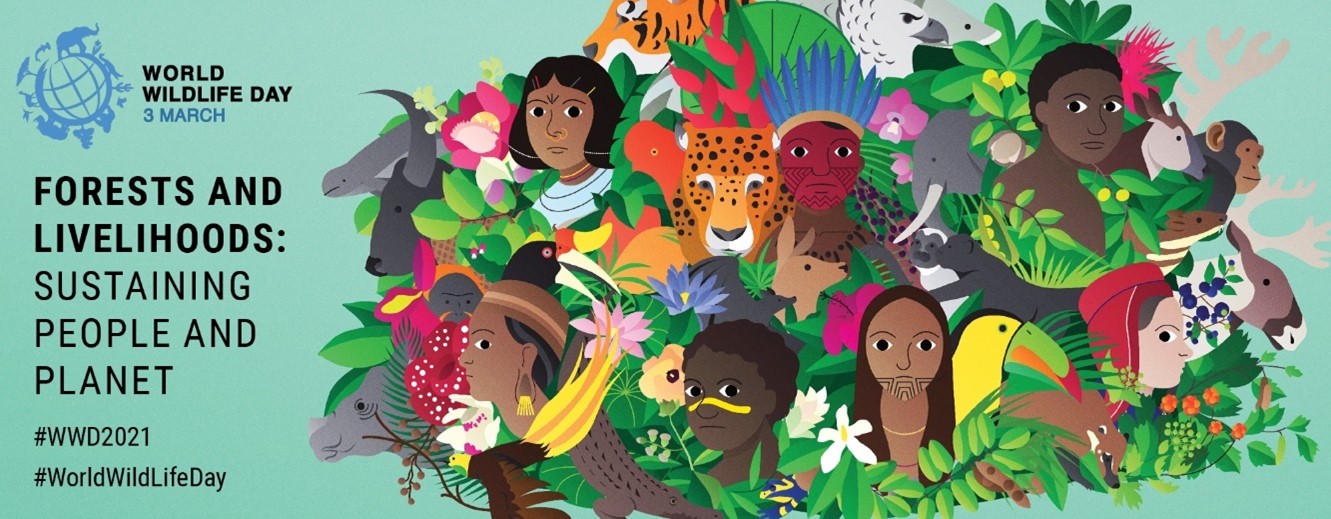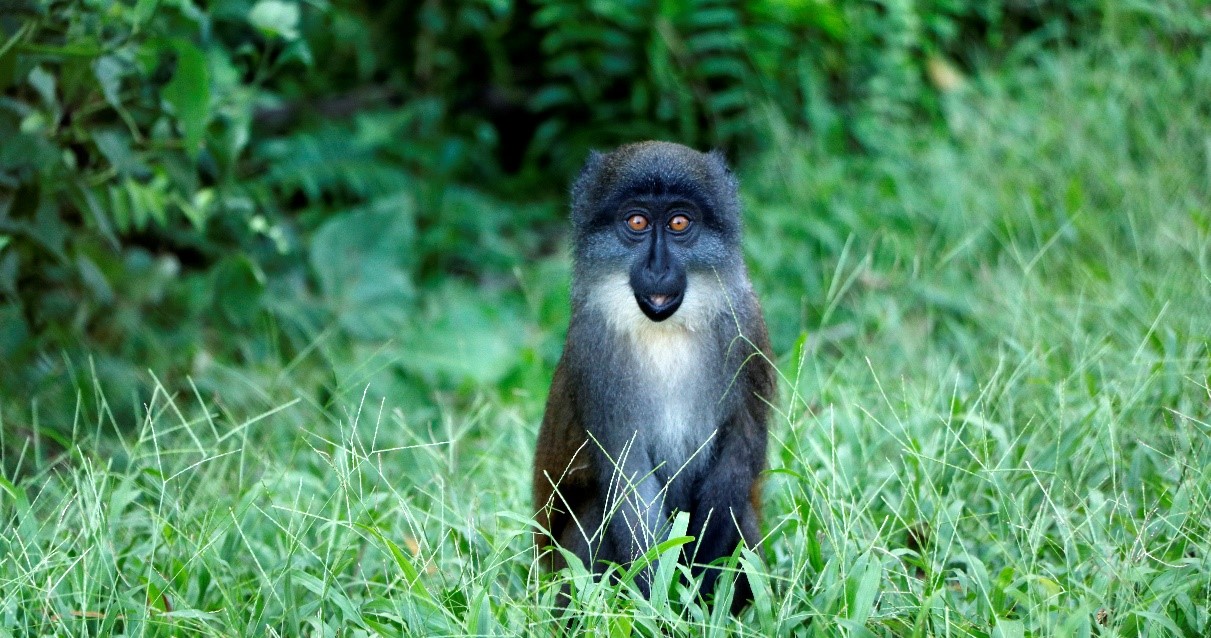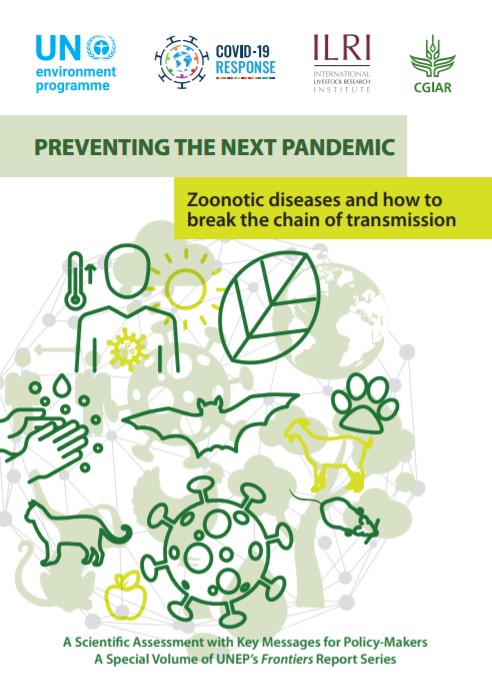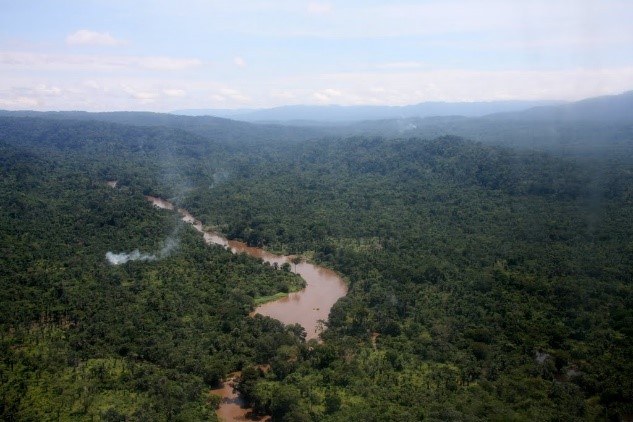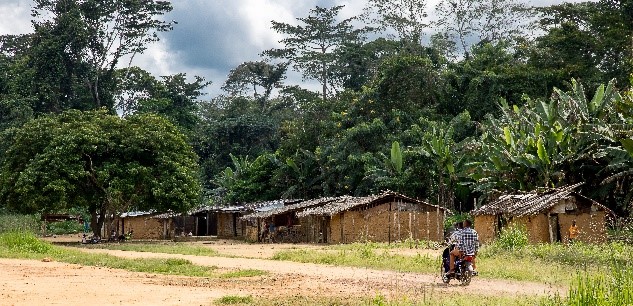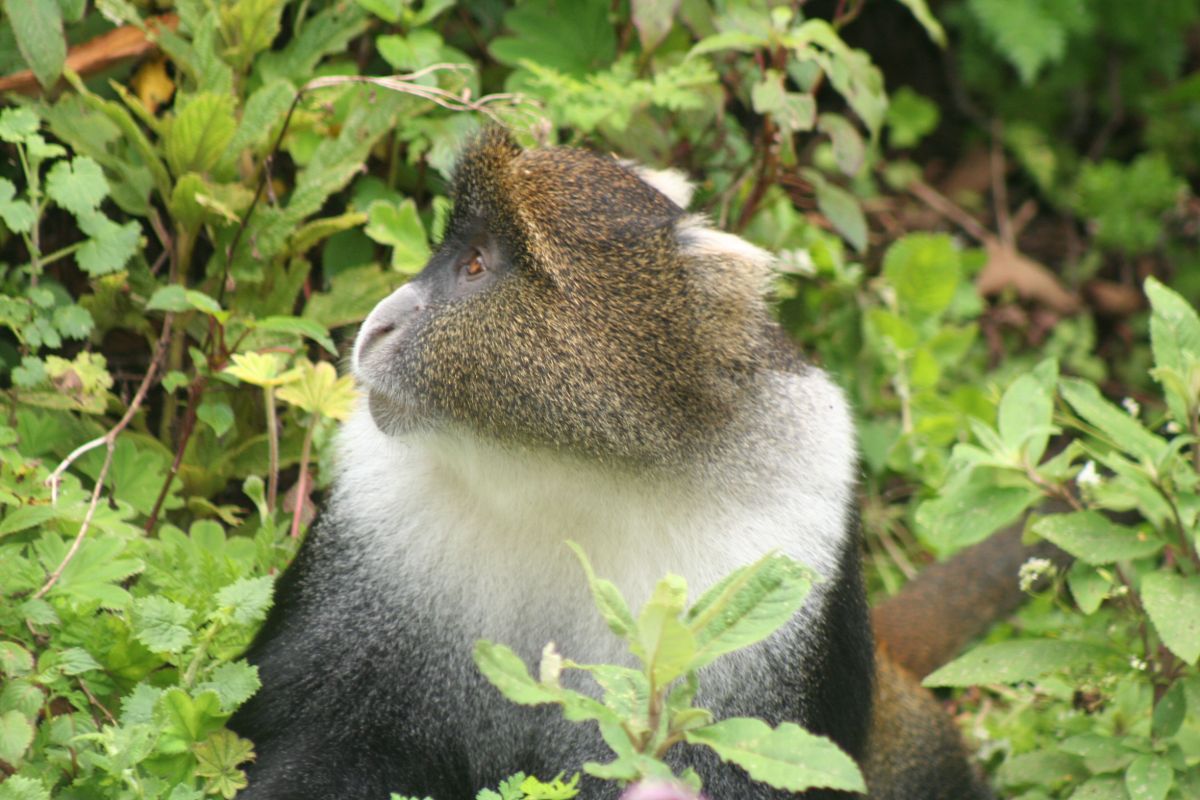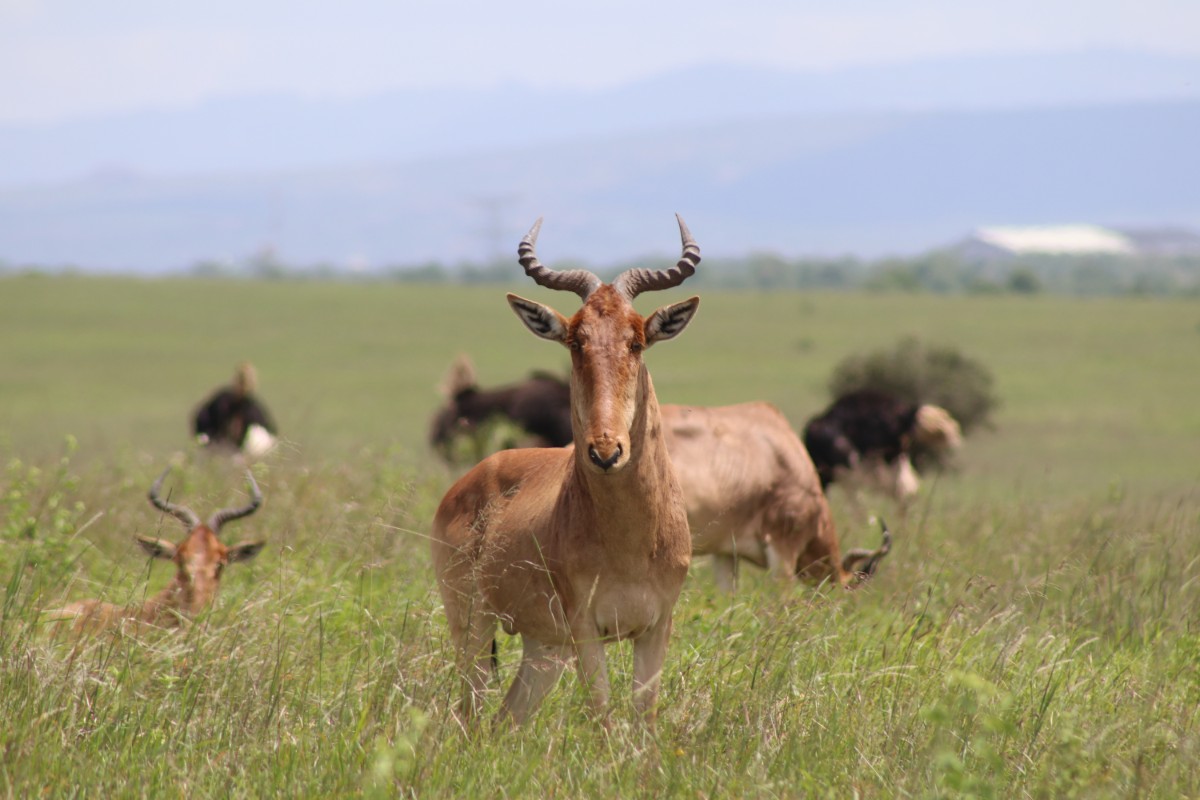
is an initiative of the Convention on International Trade in Endangered Species of Wild Fauna and Flora (CITES)
The World Organisation for Animal Health (OIE) proudly celebrates World Wildlife Day 2021 “Forests and Livelihoods: Sustaining People and Planet”. The OIE’s mandate is to improve animal health worldwide, including domestic and wild animals. Animals, humans and plants are interdependent and share vital resources in a wide variety of ecosystems. Keeping these ecosystems healthy is critical to maintaining a high level of biodiversity on earth, which contributes to sustain People, animal and plants alike.
Forests are unique ecosystems featuring one of the highest levels of biodiversity on the earth and covering a great variety of geographic landscapes that constitute suitable habitats for millions of living beings who depend on its resources to survive, live and thrive. Keeping forests healthy are a key component of a balanced planet to benefit both people and animals that rely on them directly or indirectly.
Forests are often seen as the lungs of our planet, but they have been suffocating for several years now. The advent of the industrial era, along with a growing consumerist society, has created an increasing demand on natural forest resources, required going deeper and deeper into forests which were not used to human activities before, destroying thousands of hectares forested land and creating new pathways for the unsustainable exploitation of plants, wildlife and bushmeat trade. In addition, climate change, combined with an increasing human mobility has contributed to the spread of diseases and parasites destroying thousands of hectares of forest. These perturbations are increasing the interactions between wildlife and humans, leading more frequently to disease emergence that can affect humans and their domestic animals but also wild animals, sometimes with important health and socio-economic consequences.
Picture (c) S. Muset (—) 2019
In light of this situation, the OIE developed a Wildlife Health Management Framework to protect wildlife health and therefore global health to benefit humans, animals and the environment. This framework will help the OIE, in collaboration with international partners to 1) fully integrate wildlife into its core activities, 2) enable a scientific, political and 3) foster a strategic environment for the Veterinary Services to better address these issues.
Fate, foresight or coincidence? The recently adopted enlargement of the One Health Tripartite Agreement to include the United Nations Environmental Programme (UNEP), in addition to FAO, OIE and WHO, has been implemented more broadly than the initially intended focus on antimicrobial resistance, and soon led to a multitude of COVID-19 related interactions between a large coalition of stakeholders and scientists, amongst which the OIE, leading amongst others to the launch by UNEP and ILRI of the report on “Preventing the next pandemic – Zoonotic diseases and how to break the chain of transmission” at the United Nations press briefing in New York City on 6 July 2020.
Picture (c) S. Muset (oie) 2019.
in 1994, the Working Group on Wildlife informs and advises the OIE on threats to wild animals and biodiversity. The Working Group is composed of seven world-leading scientific experts in subject areas related to wildlife health and management. The Working Group has been involved in the development of the OIE Wildlife Health Management Framework developed in 2020. Cognisant of the role of wildlife as an important resource for local communities, the WWG issued a statement on Wildlife trade and emerging diseases in June 2020.
Picture (c) P. Becquart (IRD) 2018
Most of the time, the Ebola Virus disease emerges from forests, directly affecting its inhabitants: wild species and human communities. Involving these communities who live at the forefront of disease emergence in early detection measures is a key component in strengthening surveillance systems to better anticipate future epidemics.
Funded by the European Union and managed by the OIE, the EBO-SURSY project aims to strengthen surveillance capacities for haemorrhagic fevers in wildlife. To this end CIRAD, the Institut Pasteur and the IRD, are conducting scientific studies but also socio-economic, anthropological and ecological studies to better understand the dynamic of the virus, and also better comprehend cultural believes, relationships and interactions between people, wildlife and their environment. These studies support the development of a sustainable disease surveillance system where local communities can play an active role in identifying diseases and informing local authorities, as well as take action to better prevent and control spillover events.
The World Animal Health Information System, better known as OIE-WAHIS, is an internet-based computer system that collects, processes and shares with the international community data on the occurrence of OIE-listed diseases in both domestic animals and wildlife. The system consists of two components:
The data and information provided by Member Countries, verified and validated by the OIE, are publicly accessible via the OIE-WAHIS interface and accessed through the OIE Web site. These data aim to inform the international trade of animals or animal products.
Currently there is on an ongoing project to renew the system, and the new platform, called OIE-WAHIS will be launched later this March 2021. For more information: https://www.oie.int/en/animal-health-in-the-world/the-oie-wahis-project/
This interface describes the global situation for animal diseases in wildlife that are not OIE-listed. The OIE Worldwide Monitoring System for Wild Animal Disease is based on voluntary reports received by OIE from Member Countries. The fact that a country reports wildlife disease should provide confidence that a country has effective surveillance and reporting systems in place, that the country is transparent; and that the whole ecosystem is considered important in the context of animal health.
Although these non-OIE listed diseases have not met the OIE’s criteria to be listed, the OIE Working Group on Wildlife have selected them to be monitored, both because of their importance for wild animals and for early warning purposes, in order to protect human and livestock health. The interface is intended to help monitor disease threats to wildlife, including those of potential public health and conservation concern, without impacting international trade of animals or animal products. The list of non OIE-listed diseases affecting wild animals is periodically revised by the Working Group on Wildlife.
The OIE is a member of the Collaborative Partnership on Sustainable Wildlife Management (CPW). The CPW is a voluntary partnership of 14 international organizations with mandates and programmes to promote the sustainable use and conservation of wildlife resources. The CPW provides a platform for addressing wildlife management issues that require national and supra-national responses and also works to promote and increase cooperation and coordination on sustainable wildlife management issues among its members and partners.
